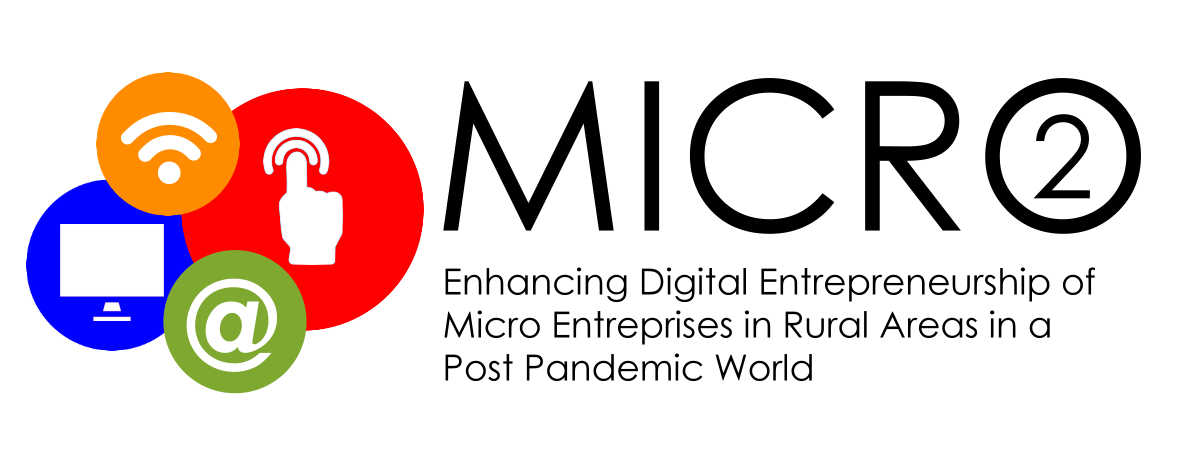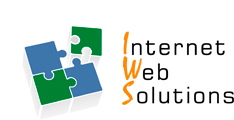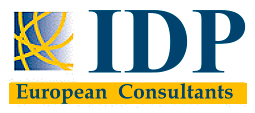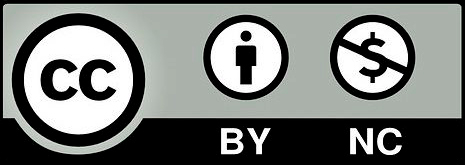Leading and Managing Digital Change in Rural Micro Enterprises
 Leadership for Rural Micro Enterprises
Leadership for Rural Micro EnterprisesEffective leadership is as necessary for rural micro enterprises as for large global multi-national corporations.
Logic of decision making in small micro enterprises can hide the need for thoughtful planning in developing leadership in rural micro enterprises.
Leadership roles are often blurred with employee or manager roles. These can represent complications and be challenging to manage.
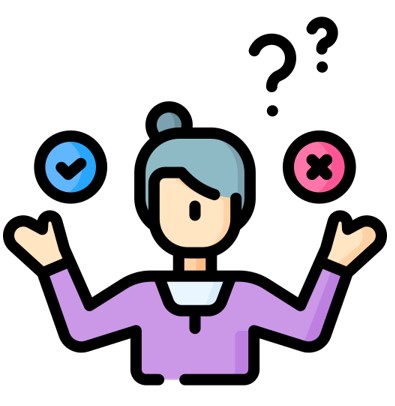
Lack of Reward or Recognition:
Recognition of good job performance, offering more flexible working conditions, or greater responsibility needed where limited promotion opportunities exist
Understanding Leadership role boundaries:
Leaders typically work side by side with employees or managers meaning Leadership can be diluted or undervalued.
Good communication to ensure that employees clearly understand their own role and respect the responsibilities of the Leader.
Understanding the difference between Manager and Leader Leadership involves setting direction vision and change, aligning staff.
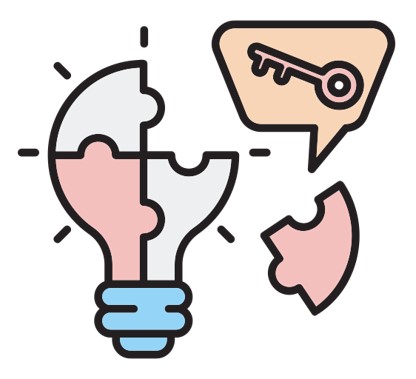
Making tough decisions:
Rural micro enterprise leadership involves making tough decisions. Close bonds can make this very difficult Transparency, fairness and honest communication in managing unpalatable decisions.
Awareness of Stress and Work:
Frequent extreme pressures to work/life balance are unsustainable long-term.
Pre-empt the long term detrimental personal and business consequences of leadership stress and overwork
Recognizing that new skills may be needed and managing staff changes:
Staff change affect the balance and harmony of the organization
Clearly defined job specifications and organised structured mentor support
 Leadership Styles for Rural Micro-enterprises
Leadership Styles for Rural Micro-enterprisesBroad descriptors of how a leader behaves while directing, motivating, guiding and managing staff.
Making the time to reflect on one’s own general leadership style and consideration of the pros and cons of any possible change
Kurt Lewin in1939 identified three main types of Leadership;
•Delegative (Laissez-Faire)
Authoritarian, (Autocratic)
A leader striving for full control over business operations
Tight supervision of task completion
Motivation and creativity in the workforce is largely stifled.
This style of leadership not recommended where creativity, staff motivation and retention are highly valued.
Delegative (Laissez-Faire)
Considerable trust placed in the employee to remain self-motivated and on task.
In a highly skilled, professional service rural micro enterprise this leadership style is perhaps most effective.
Participative (Democratic)
Staff feel engaged and valued in the decision-making process, but the leader retains final say.
An empowered staff with a sense of ownership of goals and targets in a united team working together makes this style of leadership very popular for the rural micro enterprise.
 Managing Digital Change in Rural micro enterprises
Managing Digital Change in Rural micro enterprisesEngagement in digital entrepreneurship is an unavoidable requirement for even the most traditional of rural businesses.
The pandemic has changed rural enterprise, work and consumer norms in ways previously unexpected till 2030’s.
High Levels of adaptation required for the rural micro enterprise is often threatening and uncomfortable for leadership and staff.
Managing change is the primary purpose of Leadership. It is a planned structured business process to (in this case) realise the potential of your business through digitalization.

Understanding Change Management is a conscious longer-term process.
Implemented successfully it runs parallel to day-to-day priorities.
Change Management is not something for a moment in the life cycle of the rural micro enterprise.
Managing Change requires honest, unemotional logic-based choices.
More difficult in rural micro-enterprises with typical family and community ties and well established traditions of working and engaging with local customers.

A number of valuable tools to help build a road map of Change Management are readily available and accessible.
Some of the more popular include:
- Heifetz and Laurie’s Six Stages of Adaptive Change 1997/2011
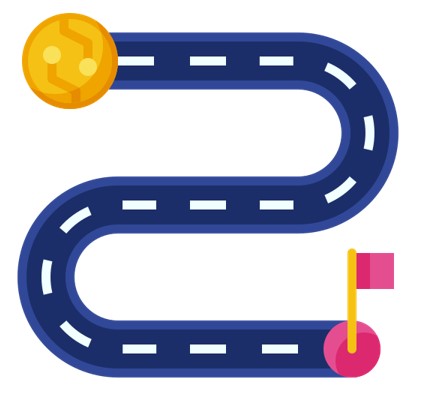
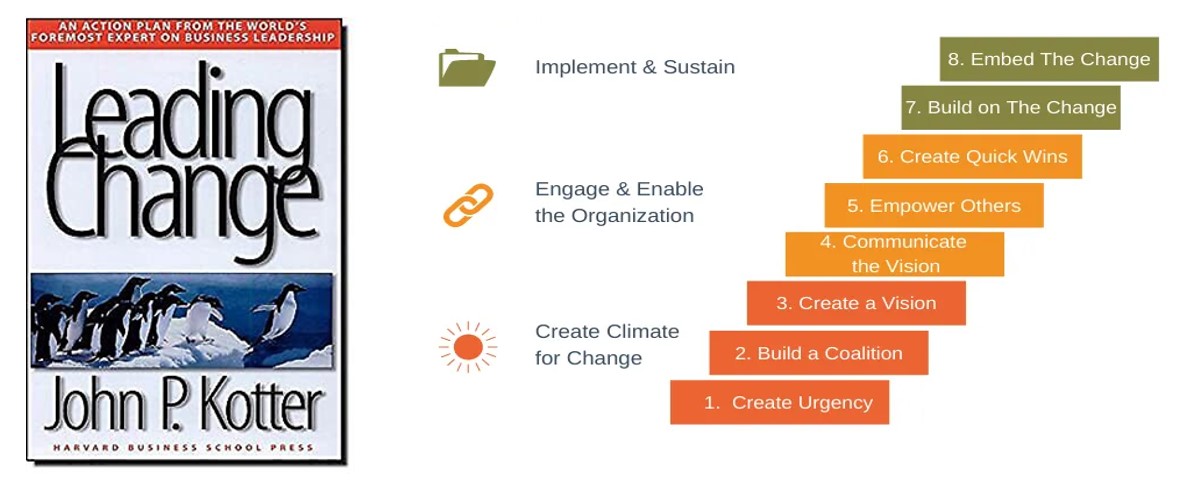
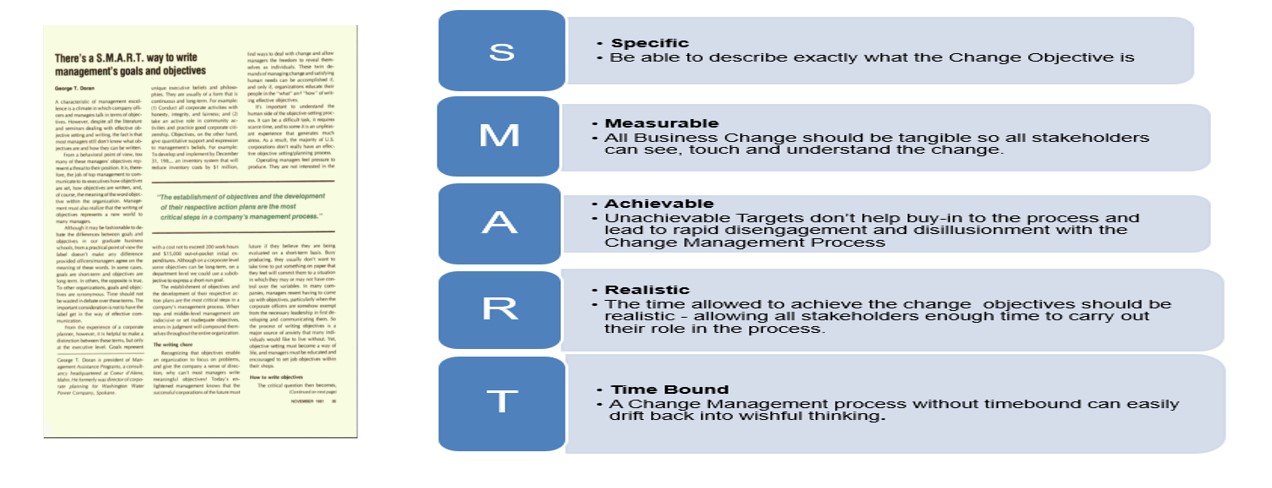
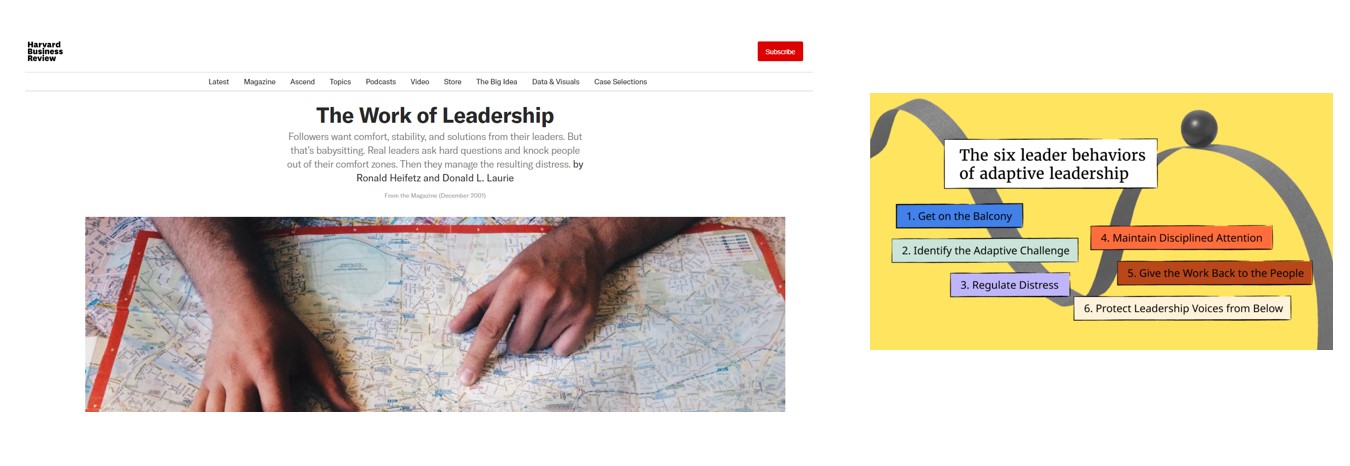
All Three Approaches have the common features of: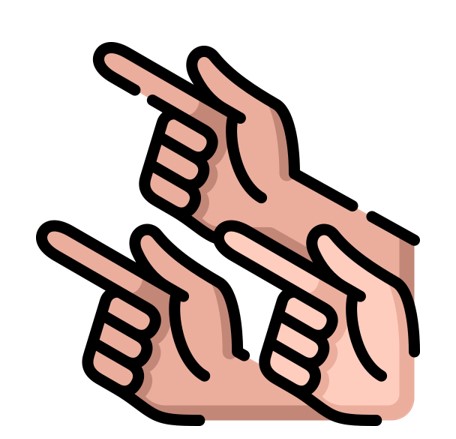
Examples of their success are readily available online. All can be scaled in complexity according to rural micro-enterprise need.
 Summing up
Summing up


 Test Yourself
Test YourselfRural micro enterprises, Digital transformation, Change Management, Leadership Styles
Objectives:
- That participants be equipped with a clear understanding of approaches to leading rural microenterprises
- That participants appreciate the need for planning and structure in implementing digital change in a rural micro enterprise
Learning Outcomes:
At the end of this training participants will:
- Be able to identify and value the features of effective leadership in rural micro enterprises
- Understand the challenges and contradictions of leading rural micro enterprises
- Recognize different leadership styles and Identify their own leadership style
- Recognize the value and Potential role of Change Management
- Understand and apply different models of Change Management
EQF
Level 4
DigiComp 2.2:
- - Communication and collaboration
- - Digital content creation
Competence(s):
- Collaborating through digital technologies
- Spotting Opportunites
EntreComp:
- - Ideas & opportunities
- - Resources
- - Into action
Competence(s):
- Vision
- Valuing Ideas
- Mobilising Others
- Planning and Management
-
Related training material
- Course. Hybrid Work Teams for Rural Micro Enterprises
